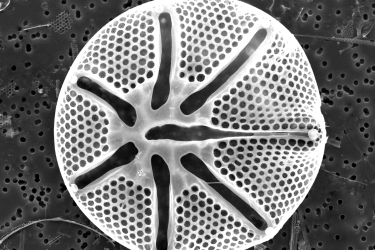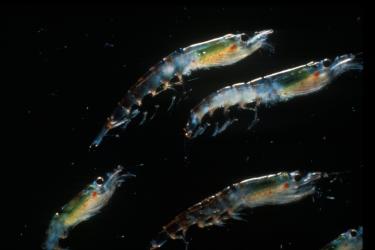The 2021 Fall California Cooperative Oceanic Fisheries Investigations survey is scheduled for October 31 – November 15, 2021, aboard R/V Sally Ride. The vessel will attempt to occupy station locations between Morro Bay and La Jolla, California. The survey is an ongoing assessment of pelagic fish stocks and monitors environmental conditions within the survey area. Researchers will conduct continuous underway sampling of surface waters; temperature, salinity, chlorophyll, and various other meteorological data will be logged for future assessment. Researchers will record profiles throughout the duration of the cruise with an Acoustic Doppler Current Profiler. The survey will also measure optical profiles within the California Bight, including pigment concentration and particle absorption.
November 12, 2021
Fisheries Resources Division members left San Diego on October 31, 2021, for the Fall CalCOFI survey aboard SIO UNOLS vessel Sally Ride. The survey has been graced with mostly fair weather and calm seas. At their current pace, they will finish the 75 station pattern in the allotted time, returning to San Diego on Monday, November 15.
Before leaving for this survey, we were curious to see if the damage from the recent oil spill would be visible in our net tow samples. At the first station of the survey on line 93.3, just off the coast of Del Mar near San Diego, they found tar balls in the bongo and manta plankton samples. As they left shore for deeper water the presence of oil disappeared. When returning to shore on line 90 they again collected more oil ruminants in the net tow samples. The majority of the oil was found in the surface manta tow. The heaviest oil sample was collected at 86.7 – 30.0. This sample consisted of dozens of kelp microsisty. The oil was attached to the kelp floats as well free floating in the samples. Moving offshore and north of the oil spill affected area they have not seen further oil contamination.
Sally Ride received a message from Uwe Send of SIO that one of the program's gliders (most of which support and supplement CalCOFI lines 80 and 90) was malfunctioning and adrift. After occupying station 86.7 90.0, they transited NW to 32 3.4' N 122 41.7’ W to recover the glider (pictured below). A productive and entertaining diversion for crew and scientists.
Staff have been collecting interesting specimens in the manta net, which normally are found south of our track lines. Halobates (the only true marine insect) have been collected offshore on all lines thus far. Typically, Halobates are found well into Mexican waters! On station 86.7 100.0, they collected a Porpita porpita (Blue button, pictured below) in the manta net. According to our gelatinous animal guide, the Blue button is a "floating hydroid colony that lives in the surface neuston layer in cosmopolitan waters," from the family Velellidae.



